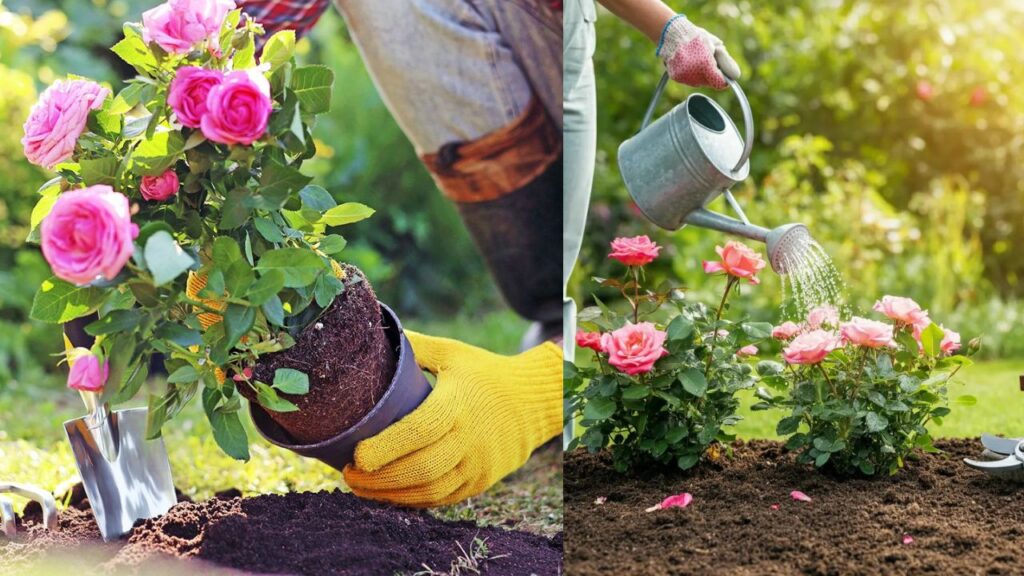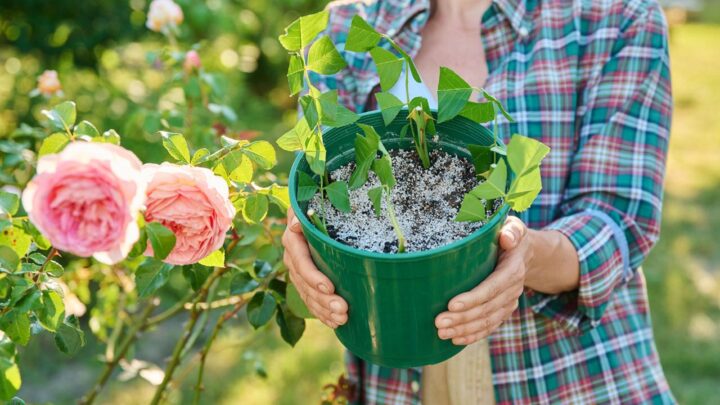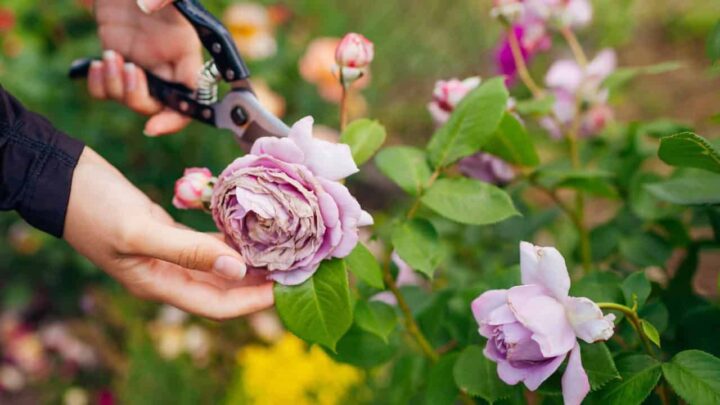Grow Rose Plants at Home – Rose plants are a favorite among U.S. gardeners due to their beauty and fragrance. With the right care and steps, growing healthy roses at home is both rewarding and surprisingly simple.

Why Roses are a Must-Have in Your Garden
Roses are timeless. From hybrid teas to climbing varieties, they add charm, color, and aroma to any home garden. They also attract pollinators like bees and butterflies, making your garden more vibrant. Whether you’re planting in pots or garden beds, roses are highly adaptable and flourish with basic attention.
Choosing the Right Rose Type for U.S. Homes
Different rose types suit different climates. In the U.S., it’s essential to select rose varieties that match your USDA hardiness zone.
- Hybrid Tea Roses – Great for cutting and display.
- Floribunda Roses – Bloom in clusters and are hardy.
- Climbing Roses – Perfect for fences, walls, or trellises.
- Miniature Roses – Ideal for pots or small patios.
Check local nurseries or extension services to find varieties that thrive in your zone.
Best Soil and Spot to Grow Rose Plants
Roses love sunlight and rich, well-drained soil. For optimal growth:
- Pick a location with at least 6–8 hours of direct sunlight daily.
- Use loamy soil enriched with compost or organic matter.
- Ensure good drainage to prevent root rot and fungus.
Raised beds or large containers with drainage holes also work well for urban or small-space gardeners.

Step-by-Step Guide to Grow Rose Plants at Home
- Step 1: Select Healthy Rose Plants
Choose disease-free rose plants from local nurseries. Look for strong stems, multiple buds, and no signs of yellowing leaves or mildew.
- Step 2: Prepare the Planting Site
Loosen the soil 12–15 inches deep. Mix in compost, bone meal, and aged manure for a nutrient boost. Water the area thoroughly before planting.
- Step 3: Plant the Rose Bush
Dig a hole twice the width of the root ball. Place the plant in the hole with its bud union slightly above the soil level. Fill in the soil and press gently.
- Step 4: Water Deeply and Regularly
Water your roses deeply 2–3 times a week. Avoid shallow watering. Keep the foliage dry to prevent fungal diseases.
- Step 5: Mulch Around the Base
Apply a 2-inch mulch layer using shredded bark or leaves. Mulching helps retain moisture, reduce weeds, and regulate temperature.
- Step 6: Prune and Fertilize
In early spring, prune dead or weak branches. Use balanced rose fertilizer every 4–6 weeks during the growing season for lush blooms.

Extra Tips for Thriving Rose Plants
- Use neem oil or insecticidal soap to keep pests like aphids away.
- Deadhead spent flowers to encourage new blooms.
- Install a drip irrigation system for hassle-free watering.
- Rotate pots or trim nearby shrubs to ensure roses get full sunlight.
- Winterize plants with mulch and covers in colder zones.
FAQs
Can I grow roses in containers?
Yes, many rose varieties grow beautifully in containers. Just ensure the pot is large, has good drainage, and receives full sun.
How often should I prune my roses?
Prune once a year in early spring when new growth appears. Light pruning may be done throughout the season to shape the plant.
What causes black spots on rose leaves?
Black spot is a common fungal disease caused by poor air circulation or wet leaves. Use fungicidal spray and avoid overhead watering.
When is the best time to plant roses in the U.S.?
Spring (after the last frost) and early fall are ideal times to plant roses in most U.S. zones for strong root development.
You don’t need a green thumb to grow roses successfully. With patience, care, and the right approach, your garden can bloom with vibrant colors and sweet fragrances. Let your rose journey begin today—your backyard deserves it!




